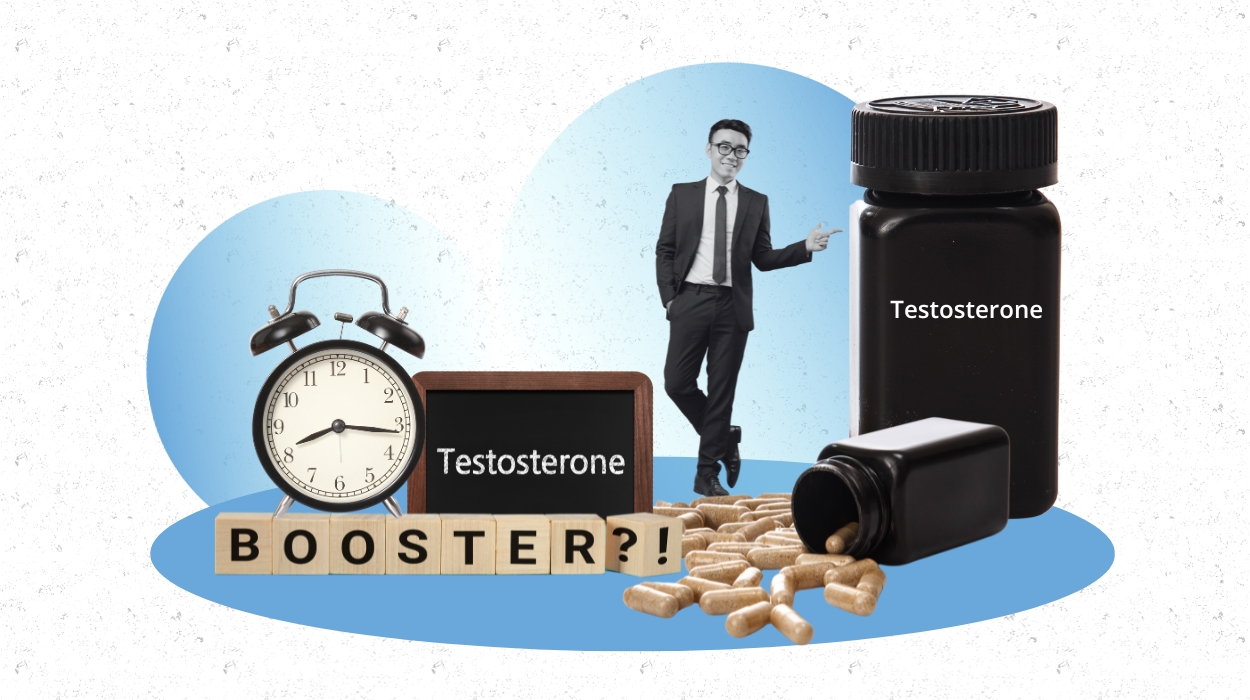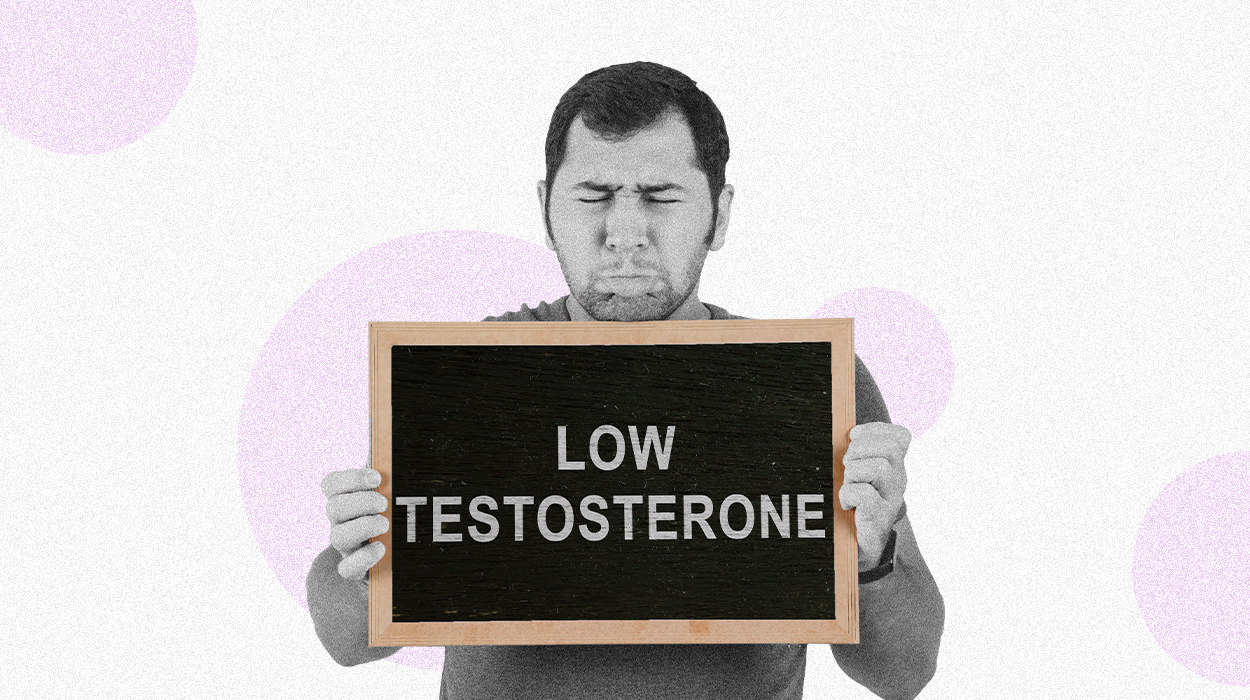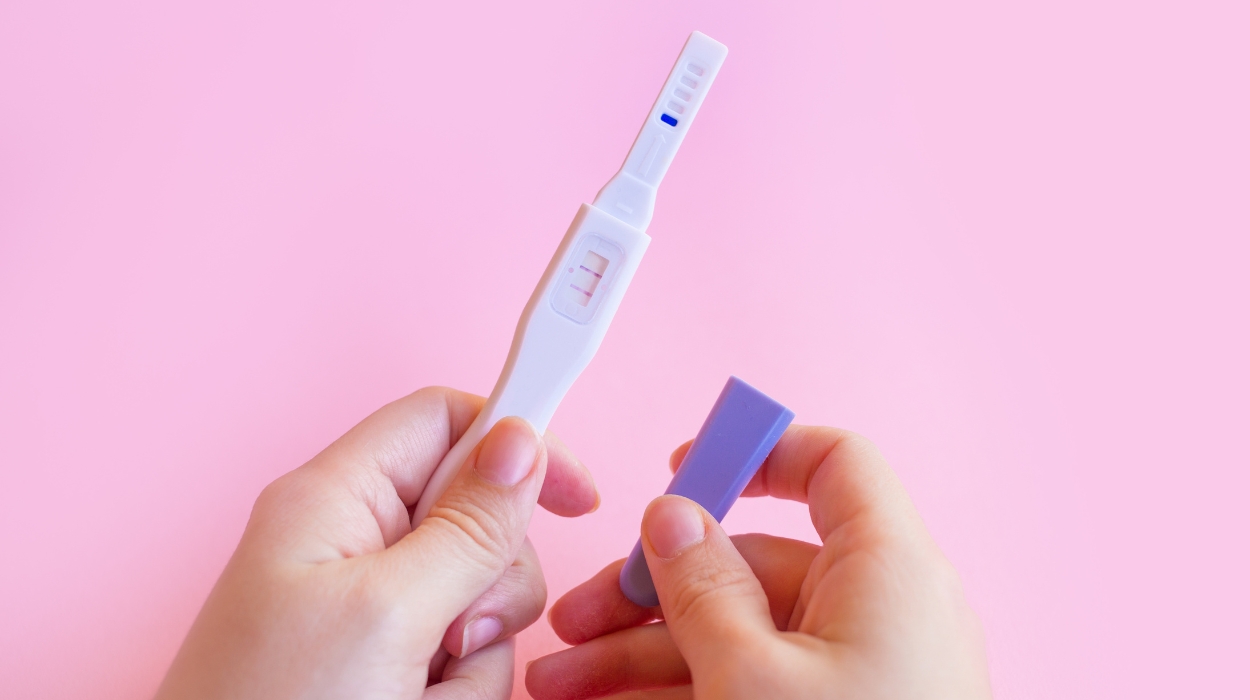HEALTH AND WELLNESS PUBLISHER
Healthcanal - Information For Better Health
Healthcanal provides information to help improve your mind and body
Featured Topics
Health
- 7 Low Potassium Symptoms, Causes & How To Treat Hypokalemia 2024
- Is Salmon Good For Diabetics? Seafoods You Should Eat 2024
- Does Alcohol Slow Metabolism? How It Affects Your Metabolism 2024?
- Conductive Hearing Loss: Symptoms, Causes & Treatments 2024
- Smoothies For Diabetics: 10 Healthy & Delicious Recipes In 2024
Mind & Wellness
- Nervous System Diseases: Symptoms, Causes & Treatment In 2024
- Melatonin And Depression: The Connection Between Them In 2024
- Sports For Kids With Autism: Benefits & Best Sports To Play In 2024
- Types Of Trauma Therapy: Effective Methods To Know In 2024
- How To Get An ESA Letter: 3 Simple Steps For A Legitimate One 2024
Latest Posts
March 8, 2024
Pineapple During Pregnancy: Is Pineapple Safe For Expectant Mothers In 2024?
Fruits are healthy because they contain vitamins, minerals, and fiber. They also have antioxidants such as vitamin C and phytonutrients…
All Posts
Featured Articles
Mental Health
January 15, 2024
Nervous System Diseases: Symptoms, Causes & Treatment In 2024
January 15, 2024
Melatonin And Depression: The Connection Between Them In 2024
Nutrition
March 7, 2024
10 Foods That Are High In Omega-3 In 2024
March 7, 2024
Watercress Benefits: Nutrition, Risks & How To Eat 2024
Lifestyle & Fitness
February 28, 2024
Working Out When Sick: Good Or Bad & Safety Tips To Follow 2024
February 25, 2024
9 Apple Cider Vinegar Bath Benefits & How To Use It 2024
February 6, 2024
How To Get Rid Of Upper Belly Fat? Exercises At Home In 2024
Sexual Health
January 2, 2024
Best Time To Take Testosterone Booster Pills & Safety Tips 2024
January 2, 2024
Best Testosterone Booster For Females: Top 5 Products 2024
January 2, 2024
10 Signs Of Low Testosterone & How To Treat 2024
Supplements
February 21, 2024
Can You Overdose On Vitamins? Here’s The Truth In 2024
November 2, 2023
Best CBD Gummies For Sleep & Insomnia Of 2024
Pregnancy
Recent Health Posts
March 4, 2024
5 Benefits Of Cedarwood Oil For Hair – Uses & Safety Guides In 2024
Cedarwood is a majestic and versatile tree that has been highly valued for centuries due to its numerous…
March 4, 2024
10 Best Breastfeeding Superfoods To Increase Milk Production In 2024
Breastfeeding is nature’s way of ensuring that a newborn baby gets adequate nutrition and immunity necessary for sustaining…
March 1, 2024
Can Babies Have Chia Seeds? Exploring The Benefits & Precautions 2024
Introducing solid foods to babies is an exciting milestone, and parents often wonder which nutritious options to include…
March 1, 2024
Apple Cider Vinegar For Sore Throat: How To Use It Safely 2024
Vinegar is often used in cooking and as a food preserver. It can also be used around the…
March 1, 2024
Is Sour Cream Healthy? Nutritional Value, Benefits & Downsides Of Sour Cream In 2024
Sour cream is frequently used as a condiment or an ingredient for cooking or baking. While many people…
March 1, 2024
Is Milk Good For You? Stunning Benefits Of Drinking Milk In 2024
The iconic Got Milk? campaign is still regarded as a landmark in advertising history. It was a true…




































